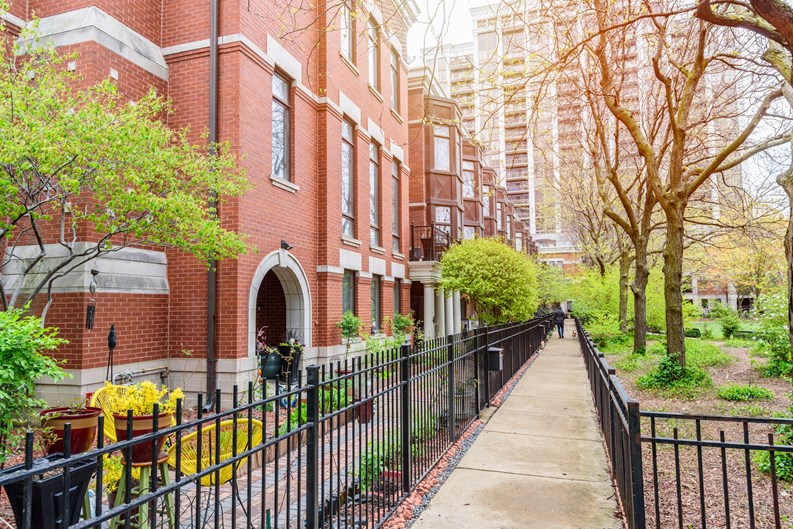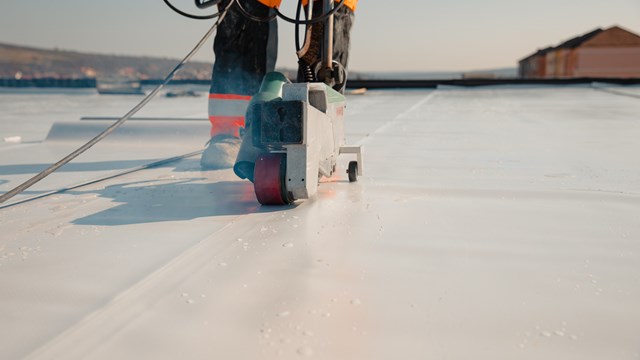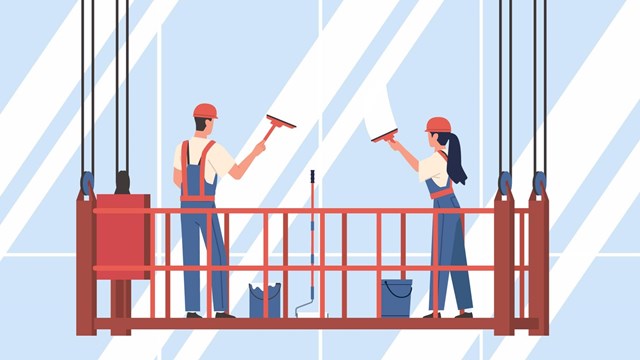Maintaining the exterior of a building goes beyond just looking good—it's about ensuring safety, following the law, and managing risk. As a city celebrated for its stunning skyline, Chicago has committed to a unique focus on facade integrity through its Façade Ordinance (Sections 14A-6-603.2—14A-6-603.5 of the Chicago Construction Codes). This law provides clear guidance on the maintenance required for high-rise buildings, exposed metal elements, and large water tanks.
For property managers and facility managers, navigating these rules can feel overwhelming. This guide aims to clarify what's required, why it's important, and offer practical steps for staying compliant.
Why Does the Façade Ordinance Matter?
Chicago is known for its impressive architecture, but the elements—rain, snow, wind, and temperature swings—constantly challenge these structures. Over time, façades can deteriorate, posing risks to residents and pedestrians below. To address these dangers proactively, the ordinance mandates regular inspections and timely repairs.
The ordinance isn’t limited to brick or stone walls. It also covers metal features like signs, fire escapes, and canopies, as well as large water tanks. Even buildings that appear exempt may have specific features requiring inspection.
High-Rise Responsibilities
High-rise buildings—typically those taller than 80 feet—are the core focus of the ordinance. If you manage or own a high-rise, you must:
1. Get Written Condition Assessments: Regular assessments from qualified architects or engineers must evaluate not only masonry walls, but also windows, doors, balconies, fire escapes, chimneys, and signage.
2. Conduct Critical Examinations: Periodic detailed inspections, often performed using scaffolds, identify potential structural problems. These detailed reports pinpoint necessary repairs to ensure ongoing safety.
3. Stay Ahead with Regular Inspections and Repairs: Even between critical inspections, routine evaluations are vital. Necessary facade work often requires specialized labor, city permits, and expensive lift access, so planning ahead financially and logistically for those projects is key—and in order to plan, you need accurate, current information.
4. Report Imminent Dangers Quickly: If an inspector finds an immediate safety risk, it must be reported to city officials within 24 hours. Quick responses are crucial to protect the public from injury, and the building from liability.
5. Maintain Proper Documentation: Reports must be filed with the city, along with applicable fees. Keep copies of these reports accessible at your property, as the city may request them.
6. Implement Corrective Actions Promptly: Unsafe conditions demand swift action. Engaging professionals early helps streamline the process of obtaining permits and carrying out repairs.
Exposed Metal Features–The 5-Year Inspection
Chicago also cares deeply about the safety of metal structures like signage, marquees, and fire escapes. These structures must be inspected by professionals every five years, with reports clearly outlining any safety concerns. Immediate hazards, once again, require notification within 24 hours.
Water Tanks & Their Supports
Iconic rooftop water tanks, whether functional or decorative, must be regularly inspected if they hold more than 250 gallons. Inspections must occur within the first year of installation, then every two years afterward. Issues found must be reported immediately, to protect public safety.
Special City Requests for Condition Reports
Even buildings not typically subject to regular high-rise inspections can be required to produce a condition report if the city identifies potential risks. This could mean implementing temporary safety measures, or filing a formal report outlining the problem and proposed solutions.
Practical Steps for Compliance
With proper planning, achieving compliance with the Façade Ordinance is straightforward:
1. Determine Applicability: Understand whether your building falls under high-rise, metal feature, or water tank inspection rules.
2. Work with Experienced Professionals: Partner with architects or engineers who specialize in Chicago’s codes to simplify compliance.
3. Schedule Regularly: Set reminders for critical examinations and regular inspections to consistently stay ahead of requirements.
4. Maintain Accurate Records: Proper documentation and timely responses to city requests help protect against liabilities and fines.
5. Budget Wisely: Regular maintenance and inspections might feel costly initially, but proactive budgeting prevents more expensive emergency repairs later.
6. Act Immediately on Deficiencies: Addressing identified risks swiftly is critical to safety and compliance.
Consequences of Non-Compliance
Ignoring the ordinance can lead to severe consequences, including substantial fines, legal liabilities, and costly emergency measures. Most importantly however, non-compliance risks public safety. Being diligent about facade maintenance protects property investments—but more importantly, it protects people.
Conclusion
Chicago’s Façade Ordinance isn't merely bureaucratic; it's essential to maintaining the city's architectural beauty and public safety. By following clear guidelines, partnering with experts, and acting proactively, you not only comply with local law, but also help sustain the iconic skyline safely and responsibly.
Established in 2007, Waldman Engineering Consultants, Inc. (WEC) is a full-service firm based in Lisle, Illinois and specializing in reserve studies, engineering transition studies, and project specifications for the multifamily market, as well as structural and moisture evaluations, and mechanical, electrical, and plumbing evaluations. Visit waldmaneng.com for more information.










Leave a Comment